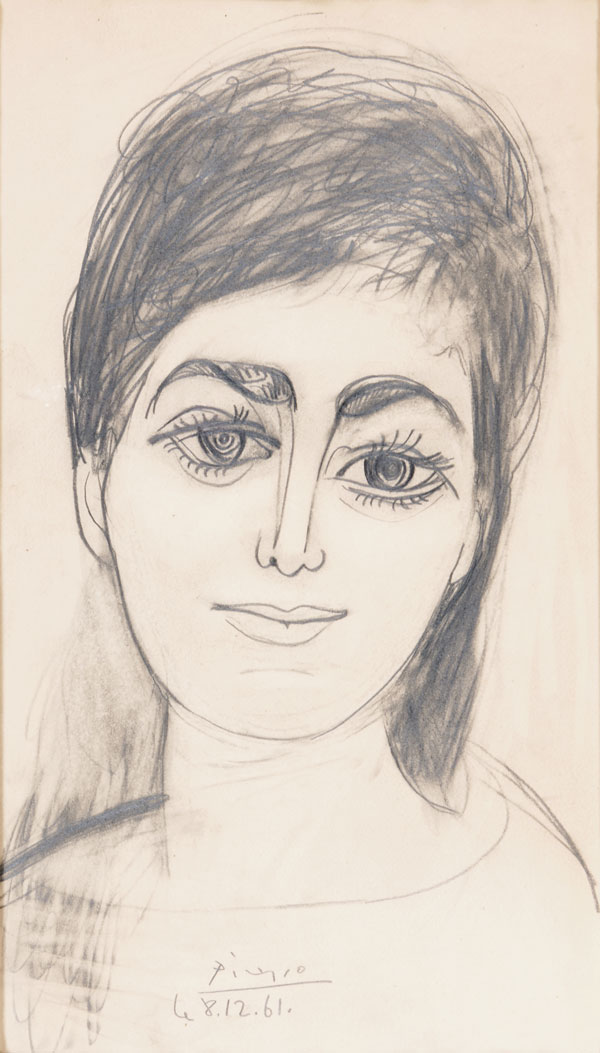Picasso and the Arab avant-gardes
by Mario Choueiry, Project Manager at the IMA (Institut du Monde Arabe), and Françoise Cohen, Director of the IMA in Tourcoing
Summary
- >> Picasso at the Heart of Arab Manifestos : building Another Modern Art
- >> A rarely-discussed poetic vision: <br>Picasso's connection to the Arab-Andalusian world
- >> Picasso the Andalusian was unknowingly a Muslim
- >> Guernica, a touchstone for politically committed painters: <br>When activism went hand in hand with anticolonialism
- >> Art as a weapon for condemning violence
- >> Activism in sync with anticolonialism

Pablo Picasso, the painter of Guernica and portraitist of Djamila Boupacha, was an icon for the Arab art scene. Born in Andalusia, a foreigner in Paris, a Communist Party fellow traveler, and a supporter of nations struggling for independence, Picasso was considered by many Arab artists as one of their own, and, more importantly, as the promise of a universal art without a hierarchy of periods, places, or styles.
